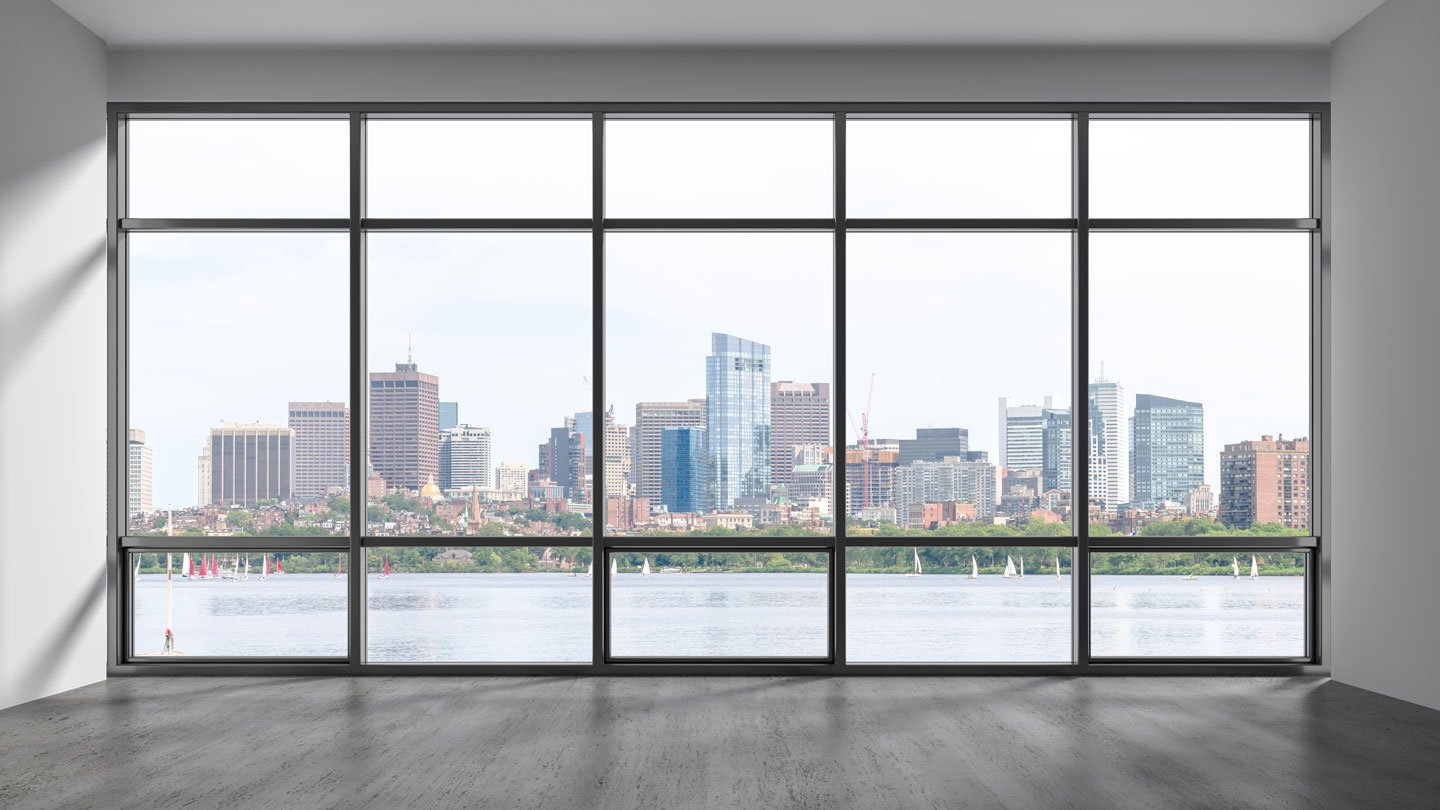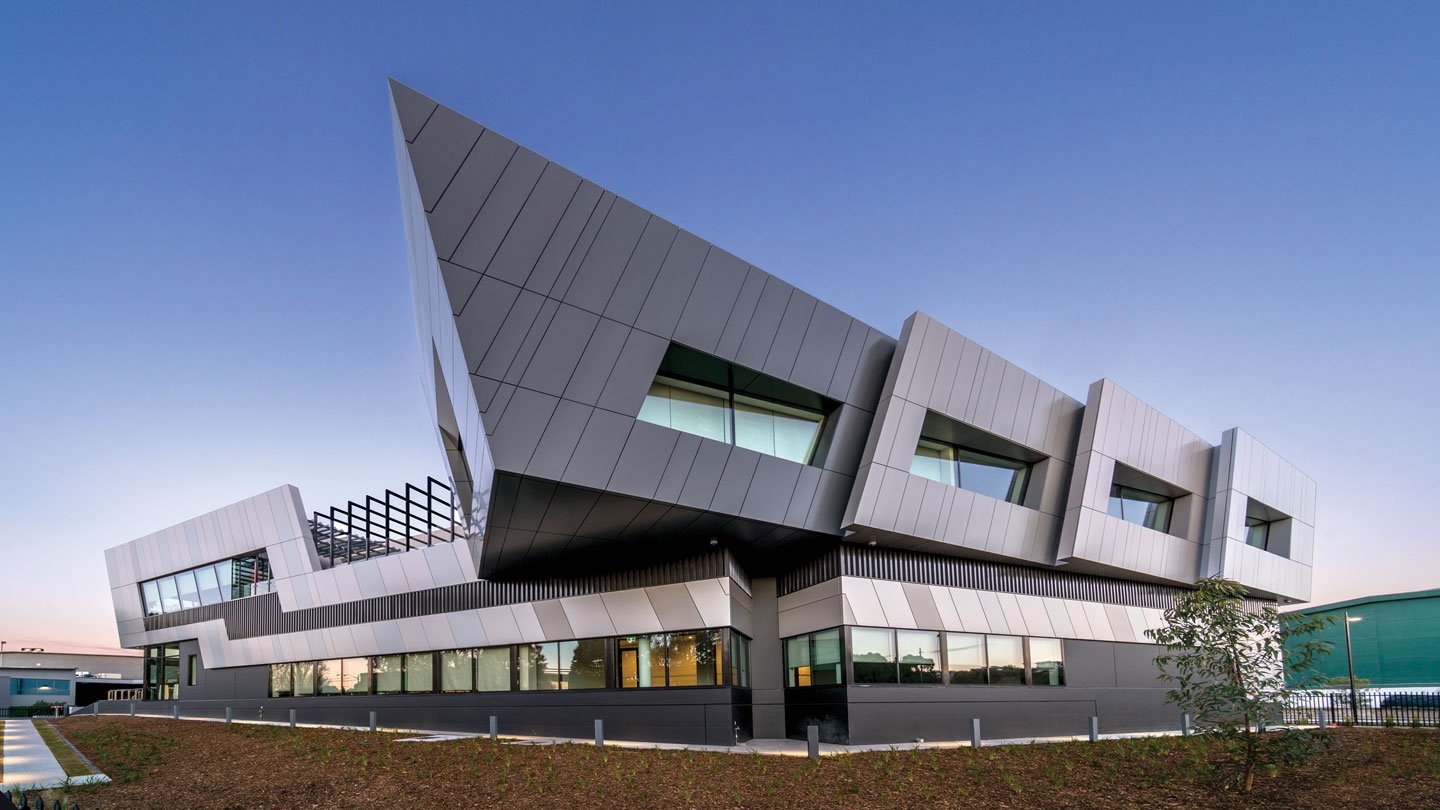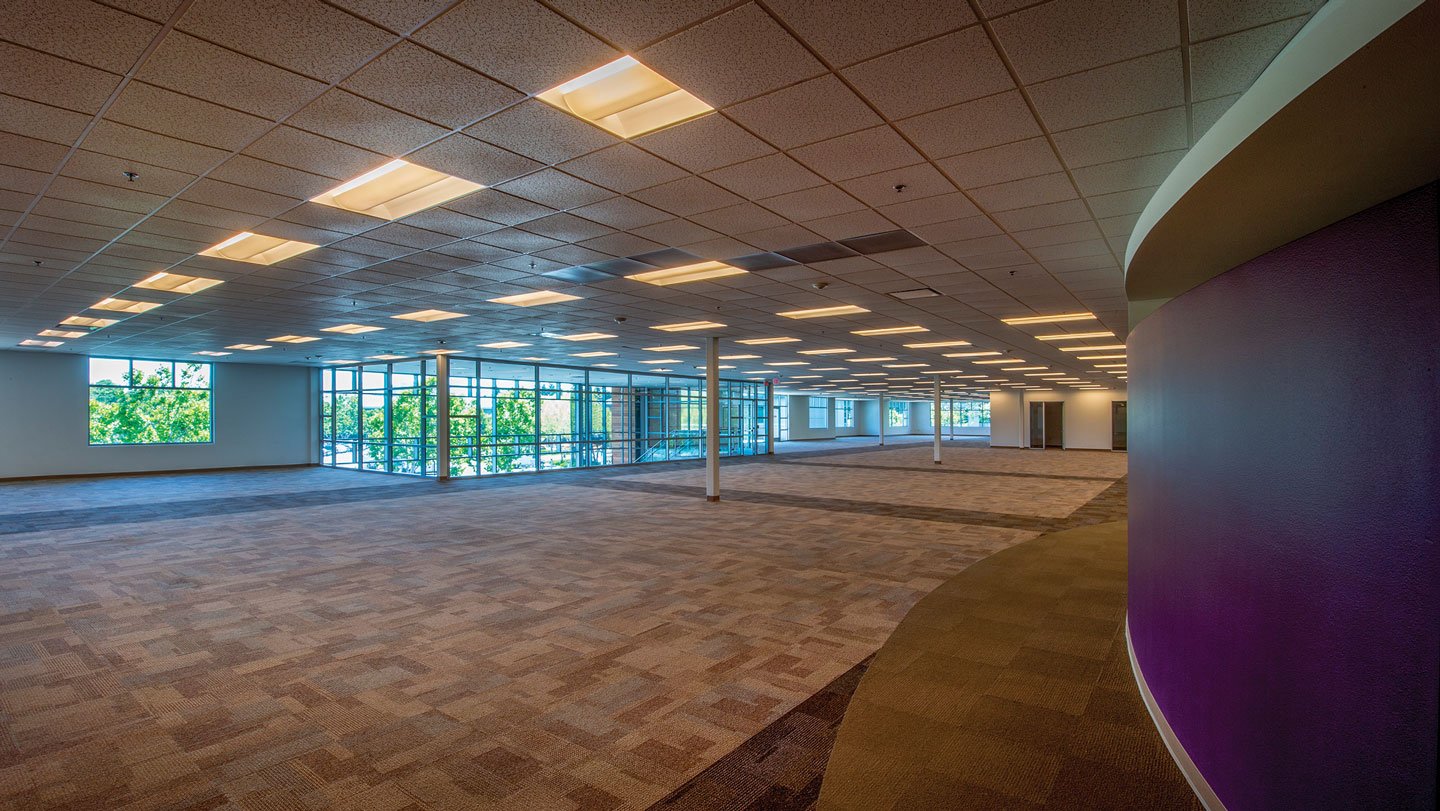
Adapting Underutilized Commercial Spaces for Residential Redevelopment: New Tools and Challenges
California recognizes a need for more legislative support for conversions.
Although vacant offices have received the most press in the post-pandemic era, even pre-pandemic, hundreds of thousands of square feet of structures were already semi-vacant, abandoned or functionally obsolete across the U.S. A convergence of factors has focused attention nationwide on redeveloping these underperforming properties, including the COVID-accelerated underutilization of offices, malls and parking lots; a housing shortage; and requirements to reduce environmental impacts, vehicle miles traveled and greenhouse gas emissions. Over the past two decades, California has enacted adaptive reuse legislation that could help other communities looking to revitalize their residential and commercial markets.
The need for additional housing is particularly pronounced. According to Peter Dennehy with John Burns Research & Consulting, building permit issuance for new housing in the Southern California market has not kept up with population and job growth in the region. The long-term average yearly building permit issuance dating back to 1947 for Southern California is 90,000 permits per year, with a peak of 205,000 in 1986 and a trough of 16,500 in 2009. The region has not been building at or above that long-term average for most of the past three decades. The projected number of permits for 2023 was 63,000.
However, the region has seen substantial population growth over this time frame. In 1947, the population base for Southern California was 5.095 million. Today, the region has a population of more than 21 million residents and nearly 10 million jobs, and it’s still growing, with 1.93 million residents and 1.9 million jobs added since 2020.
Given these factors, underused commercial properties present significant opportunities for adaptation to address current needs. As California and other states push forward legislation to address the need for housing, landowners and developers should become familiar with legal challenges and new tools for adapting these commercial properties for reuse.
Adaptive Reuse: Pros and Cons
In some cases, reuse of existing structures can be more cost-efficient and environmentally efficient with a quicker development timeline and less community opposition. On the other hand, some adaptive conversions can be more expensive than new construction, particularly where retrofitting is needed. There are other benefits of reusing existing structures in urban areas, including reductions in emissions from demolition and new construction, and revitalization of commercial properties.
Some of the challenges relate to local regulatory barriers, including use restrictions under local zoning; parking requirements that prioritize parking over housing; and strict building codes, particularly for residential uses. Some jurisdictions pioneered local adaptive reuse programs, demonstrating how they can be effective in facilitating adaptation as community needs change.
Aside from local regulatory hurdles, landowners and developers should be mindful of private restrictions and easements that may present barriers to reuse and redevelopment. If a potential redevelopment site is part of a larger overall integrated development and governance scheme, there may be recorded declarations of covenants, conditions and restrictions; maintenance and easement agreements; and cost-sharing agreements that could restrict the change in use. If implemented at a time when the property was intended solely for office or commercial use, often these documents will not contemplate a change in use to residential.
Common types of challenges that may be present in these documents include restrictions that prohibit residential use, or shared parking easements over a parking lot intended to be used as part of the residential development. The issues may also be more subtle, such as cost-sharing provisions based on formulas related to commercial use. These documents may need to be amended so that they properly address the change in use. Amendment provisions vary from document to document but will usually require a certain percentage — or all — of the other property owners to consent.
California’s Support of Adaptive Reuse
The city of Los Angeles’ adaptive reuse ordinance (ARO) was the first of its kind when it was adopted in the downtown area in 1999. Since then, it has created over 12,000 units in downtown Los Angeles. The first project completed under the ARO in 2001, the Old Bank District at 400 S. Main, converted three historic office buildings from the early 1900s into 230 apartment units and over 100,000 square feet of ground-floor retail. Another example is the Broadway Lofts project at 430 S. Broadway, built in 1906 as a Bon Marché department store and converted into 58 housing units with ground-floor retail, completed in 2015. Before conversion, the building sat largely vacant for about four decades. Los Angeles' ARO was updated in 2003 and was again recently updated and expanded to increase adaptive reuse opportunities in 2023. Its four major provisions are:
- Allowing by-right use changes without triggering California Environmental Quality Act or discretionary approvals.
- Not requiring buildings to provide new net parking.
- Allowing a one-story addition on the roof by-right.
- Adding new building codes specific to adaptive reuse projects.
Each of these provisions speaks directly to challenges specific to adaptive reuse, particularly for housing.
Three of these four components have now made their way into California state law. Senate Bill (SB) 6, the Middle Class Housing Act of 2022, and Assembly Bill (AB) 2011, the Affordable Housing and High Road Jobs Act of 2022, both took aim at allowing housing in commercial zones without discretionary rezoning. Both are limited to multifamily projects on parcels under 20 acres in urban areas and are subject to a variety of conditions relating to the proposed project and its location. SB 6 restricts conversion on or near properties designated for “industrial” use, which in some jurisdictions captures office parks, reducing the potential to use this approach for reuse of underused offices. AB 2011 focuses on “commercial corridors,” as defined, and expressly requires inclusion of affordable units.
Although SB 6 lacks the ministerial approval feature of AB 2011, it may be possible to combine SB 6 with other laws such as SB 35, which allows for ministerial approval with the inclusion of a minimum percentage of affordable units. It is essential to involve an experienced design team and land use counsel to determine whether a site and project can use these laws to avoid the burden of discretionary rezoning or other approvals. Both laws became effective July 1, 2023, and sunset Jan. 1, 2033.
California has also tried to eliminate barriers relating to parking and funding. Local parking minimums add significant cost to multifamily housing development and limit potential for reuse of existing commercial parking, such as surface lots and shopping malls. AB 2097 prohibits local agencies from imposing or enforcing a minimum automobile parking requirement on most development projects within a half-mile of public transit. Notably, AB 2097 is not limited to housing development but applies to residential, commercial or other development (with some exceptions), which may facilitate reuse of parking lots. Regarding funding, AB 1695 makes adaptive reuse of existing buildings permanently eligible for the state’s affordable multifamily housing loan programs.
Updating state building codes to address restrictions on conversion to residential use is still a work in progress. In 2023, the California Building Standards Commission adopted provisions of the International Existing Building Code that allow developers more flexibility for adaptive reuse of retail and office structures. Additionally, AB 529 directs the California Department of Housing and Community Development to convene a working group and make recommendations no later than Dec. 31, 2025, for amendments to state building standards to help support adaptive reuse residential projects.
Adaptive reuse of underutilized commercial properties represents a significant opportunity to meet current needs, especially relating to housing, by repurposing sites that no longer serve their original function. Due to the sheer volume and prime locations of obsolete commercial sites, effective reuse could go a long way toward meeting California’s statewide goals relating to housing, vehicle miles traveled and greenhouse gas emissions. If California sees the same success as Los Angeles has witnessed under its ARO, more jurisdictions may follow suit. Although not without challenges, adaptive reuse can be achieved with the right site, structures and team — and appropriate legislative and policy support.
Brooke Miller is a special council and Shannon Mandich is a partner at Sheppard Mullin Richter & Hampton.
Defining Adaptive ReuseAdaptive reuse can be defined broadly as the conversion of underutilized and underperforming properties into a variety of alternative uses, including housing. Adaptive reuse can include adding to or preserving parts of buildings, expanding into parking lots, or adding housing over existing commercial structures. According to the California Department of Housing and Community Development, “Adaptively repurposing commercial buildings can serve as a valuable tool to increase the supply of housing; however, this entails navigating multiple obstacles that increase costs to the extent that it is difficult for developers to achieve affordable rents.” |
Adaptive Reuse On-demandThe NAIOP Center for Education offers the on-demand course Fundamentals of Adaptive Reuse for developers, owners, investors and architects. The seven course modules cover evaluating an adaptive reuse approach, performing due diligence, financing the project, identifying challenges and solutions, and more. Visit learn.naiop.org/on-demand-courses for more information and to register. |
RELATED ARTICLES YOU MAY LIKE

Governments Turning to Adaptive Reuse Legislation for Additional Housing
Tax breaks, streamlined approvals and grants are some of the supply-side incentives.
Read More
Data Center Real Estate: Challenges and Opportunities in the Digital Age
Data center inventory growth has accelerated across North American markets.
Read More
Ripe for Conversion
Will a radical change in the purpose of underutilized office buildings transform the market?
Read More



